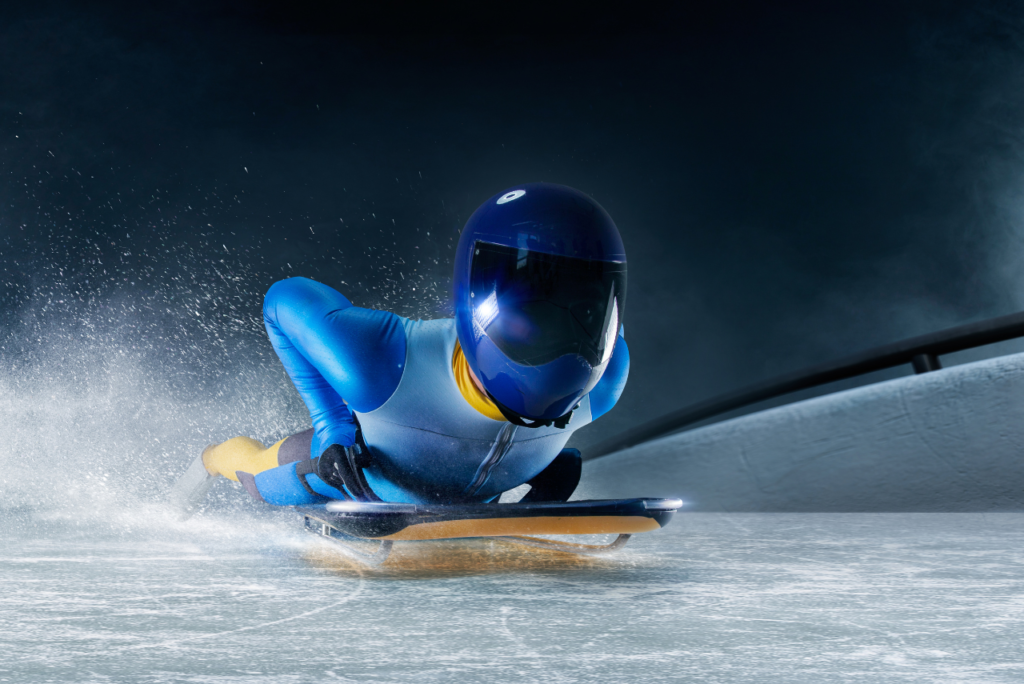Noelle Pikus Pace sustained very serious injuries, including broken legs, when she was hit by a bobsled, leading up to the 2006 Winter Olympic Games.
“I remember realizing at that time when this Olympic dream was just taken in a split second that I had a choice to make. I could either look back and be upset and frustrated that I missed out on this grand opportunity or I could choose to move forward.”
She chose to move forward, and was able to come back 8 years later to win the silver medal for the skeleton race in the 2014 Winter Olympics in Sochi, Russia.
This was not an overnight process or even a few months, this took a lot of hard work and determination on Noelle’s part. She had to set goals along the way. Noelle had a lot of support from her team, but she still had to show up for herself, honor her commitments, be consistent, and also make subtle adjustments along the way to get there.
What you ask is skeleton racing? In an interview with Neill F. Marriott, Noelle explains:
“…skeleton is a crazy headfirst sport, where an athlete runs and jumps headfirst onto their stomach on a tiny little cookie sheet (3 feet long, weighing 65 lbs). We fly down the side of a mountain going 90 miles an hour, and we steer using our shoulders and our knees, applying pressure—just light pressure—to guide the sled the entire way down a mile-long course to hopefully and ultimately cross the finish line.”
Noelle believed in herself and her goals, she kept showing up for herself, honoring and following through with her training to reach her goals.
Noelle shared another key to her success in reaching the finish line and winning the silver medal in 2014:
“So as a rookie, a lot of times you make the mistake of thinking that it’s these massive changes that you need to make in order to get yourself down the track. But as an elite athlete, you start to realize that it’s the subtle changes and that something as simple as looking where you want to go will put you where you need to be. “Where you look is where you go” was a statement that I would tell myself for years leading up to that Olympic podium. Just look where you want to go and then make the subtle adjustments to get there.”
That’s pure gold (or silver 🙂 ). “Where you look is where you go!”
As humans, we get distracted, and each time we bring ourselves back and recenter, it exercises our prefrontal cortex/higher brain to better focus on the task at hand. It strengthens our resolve to continue to stay the course, where we have set our sights.
Does that sound familiar? You have a dream, you set a goal and then life happens. It takes courage to keep showing up for yourself consistently, but over time when you do, great things happen.
What do you want most? What matters most to you?
Remember, hang in there, keep showing up, honor yourself and your commitments. And practice “Where you look is where you go.”
If you find it hard to show up for yourself, let me help.

